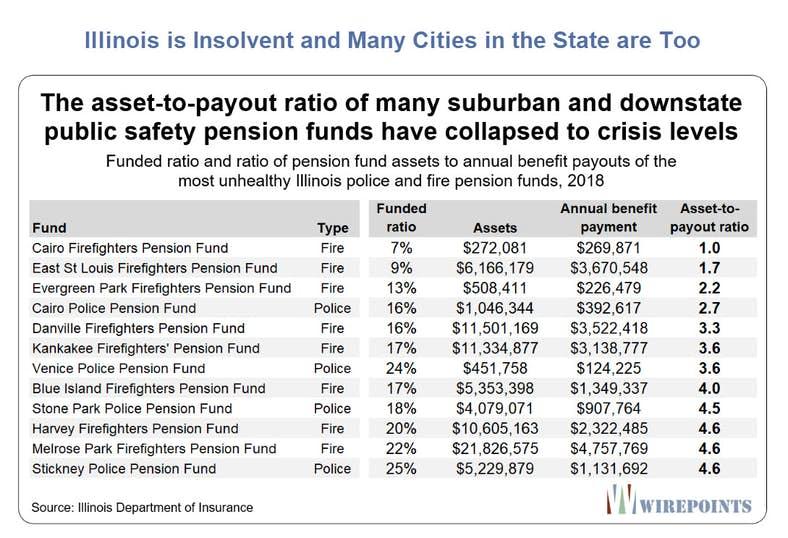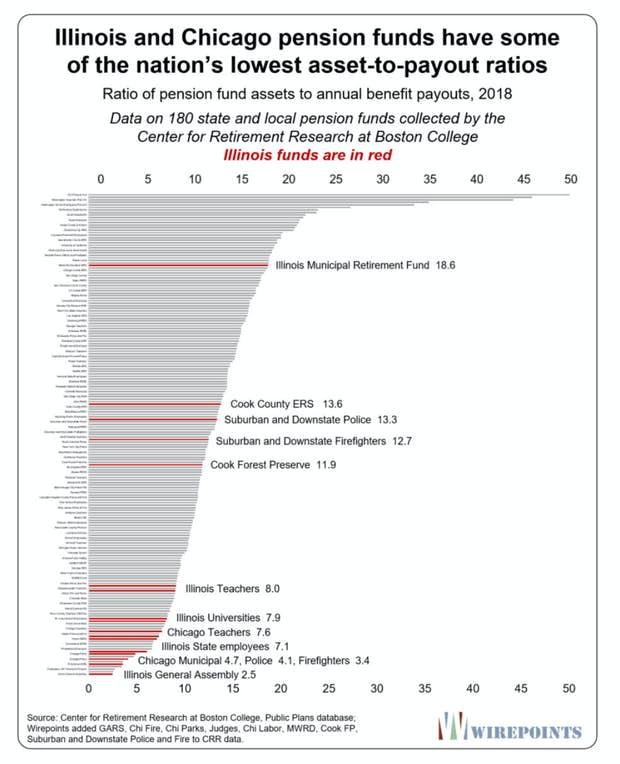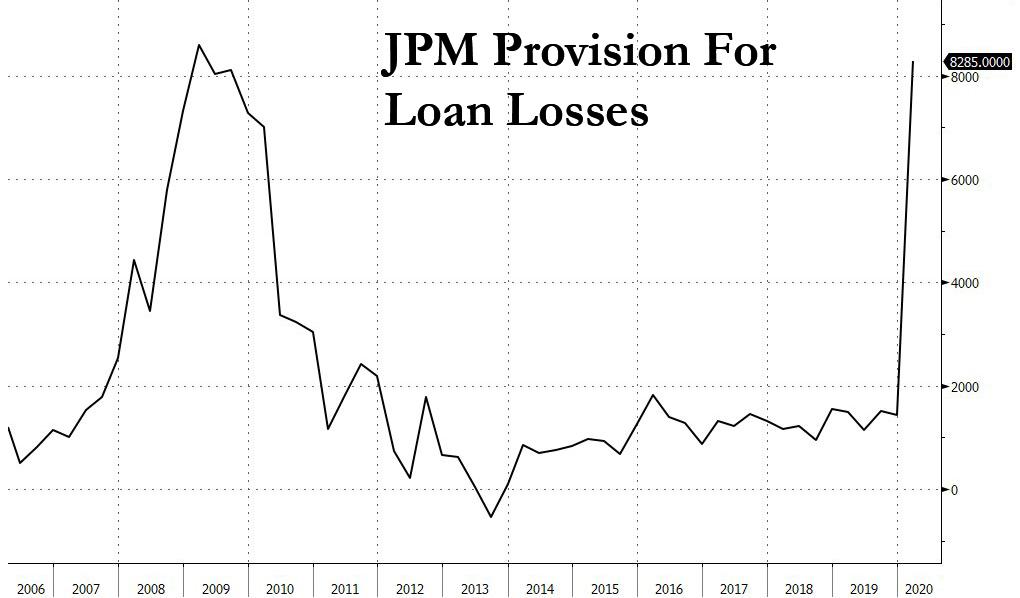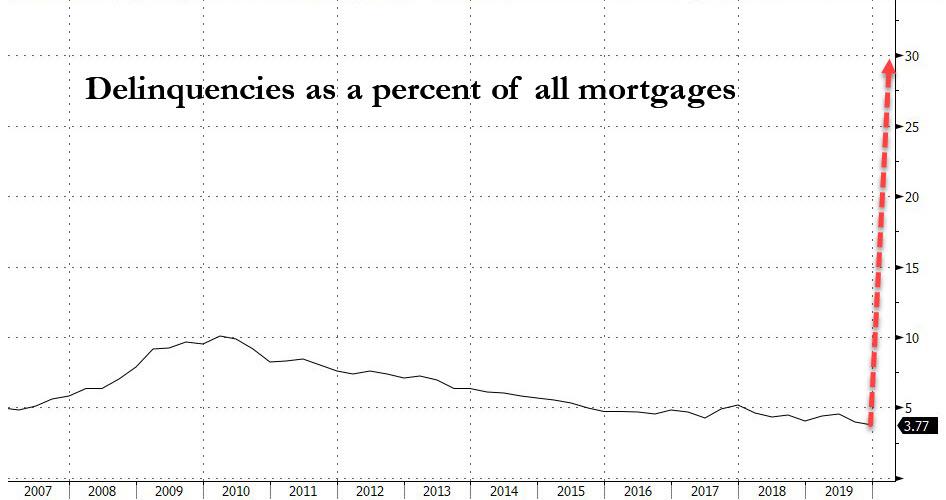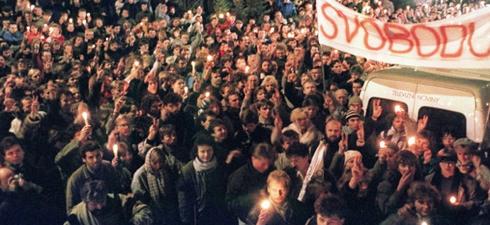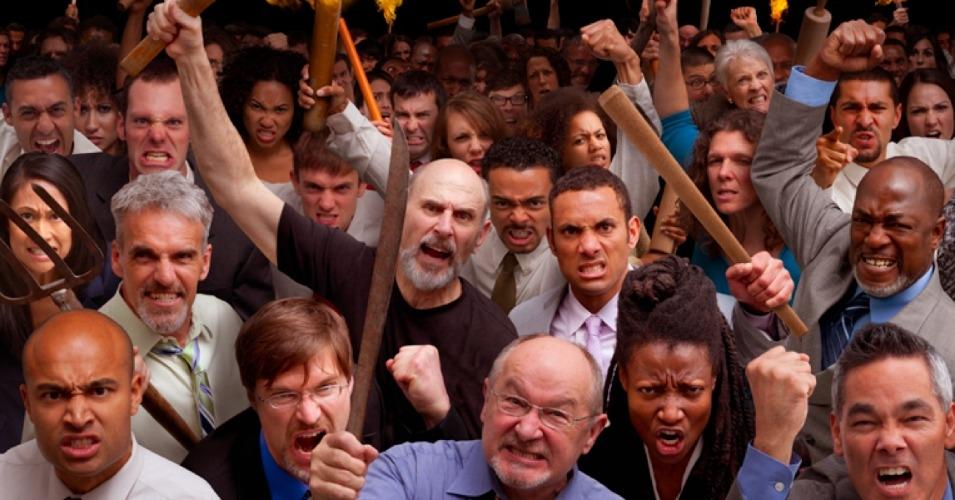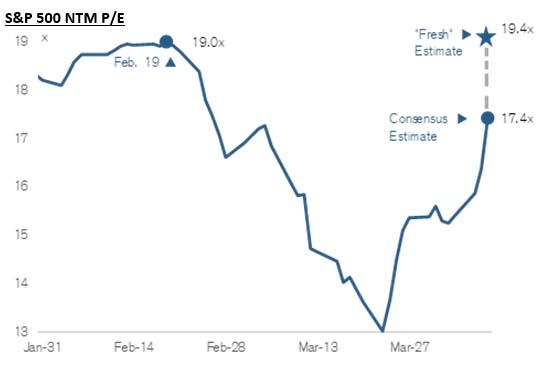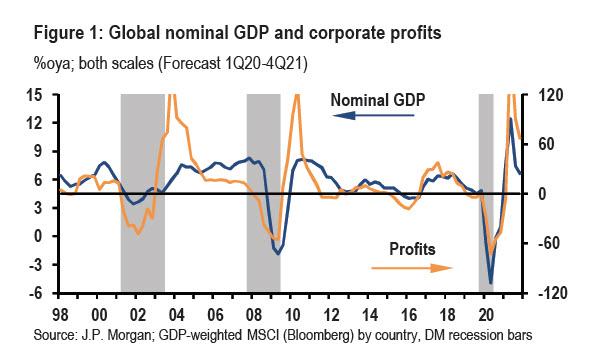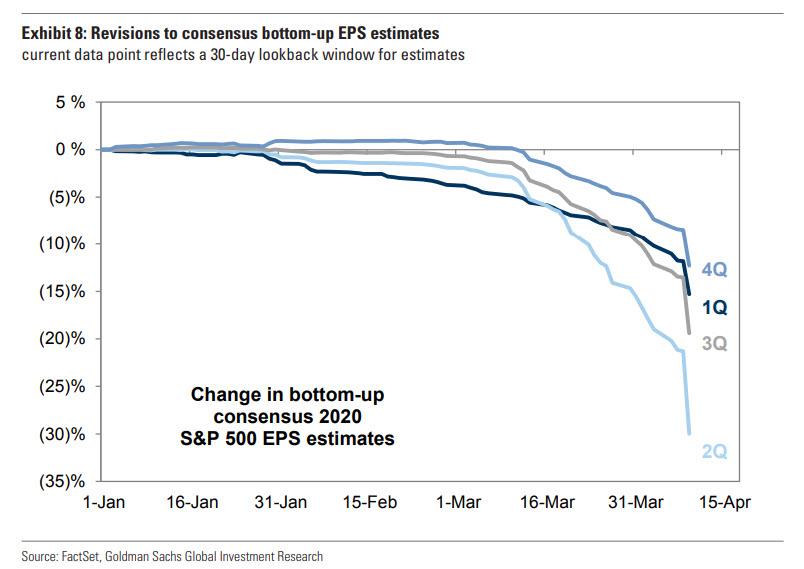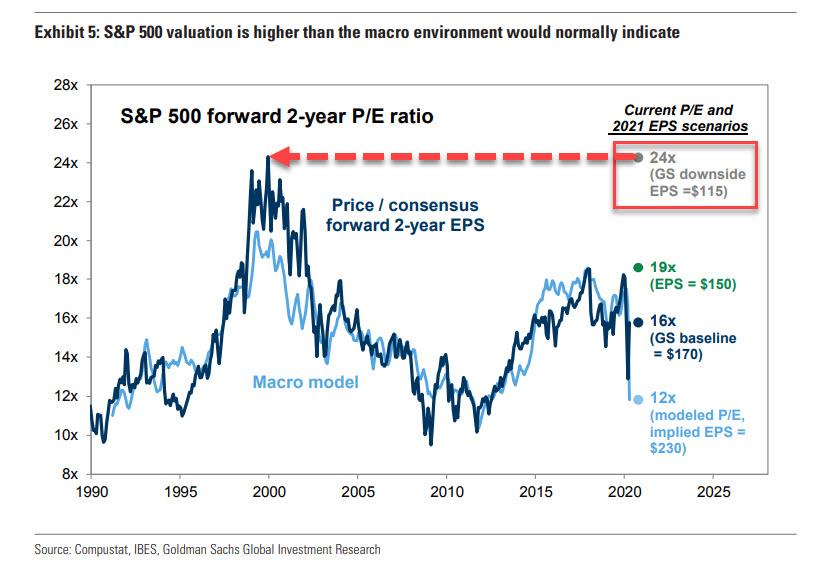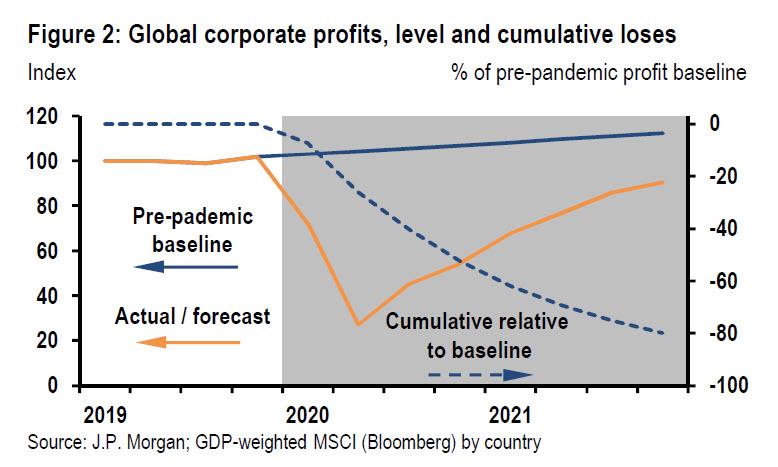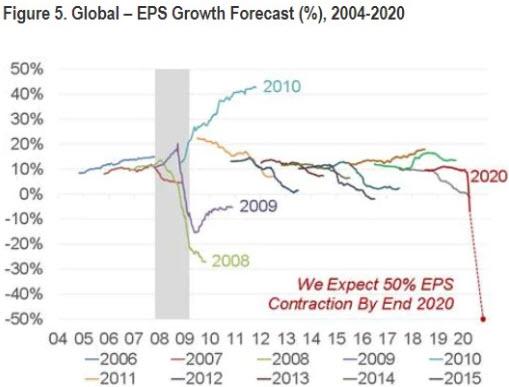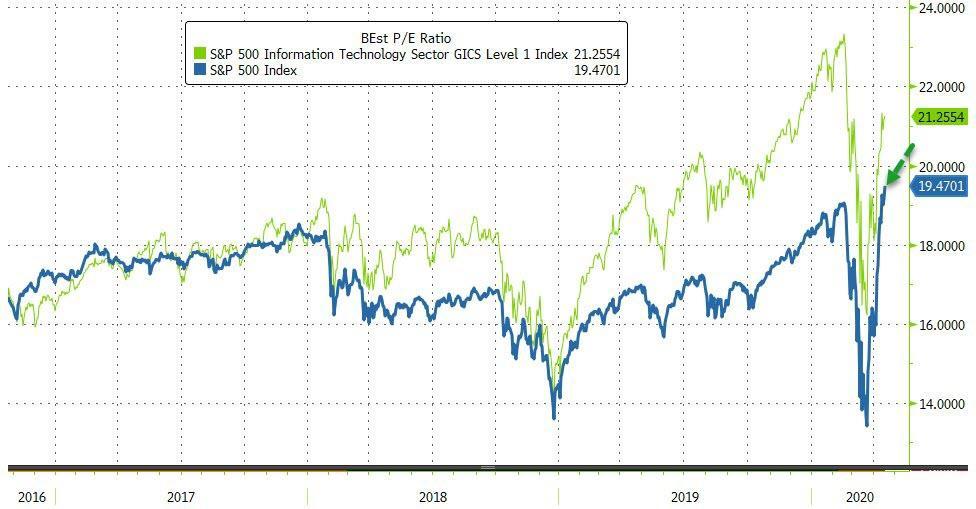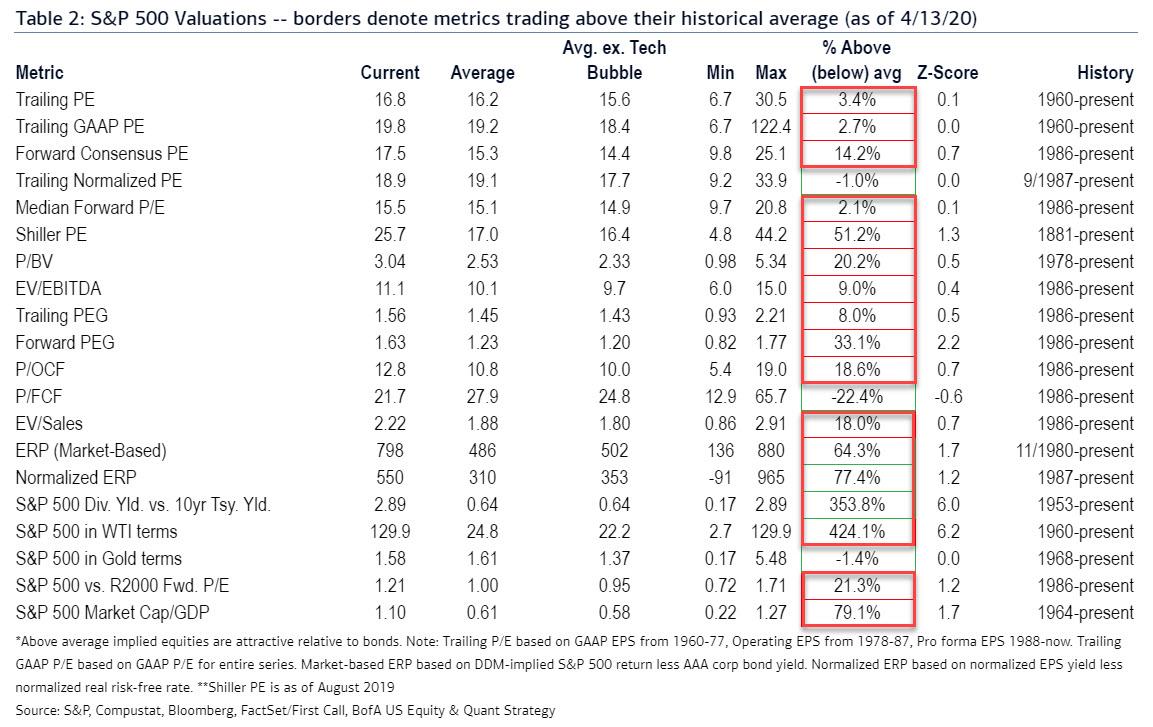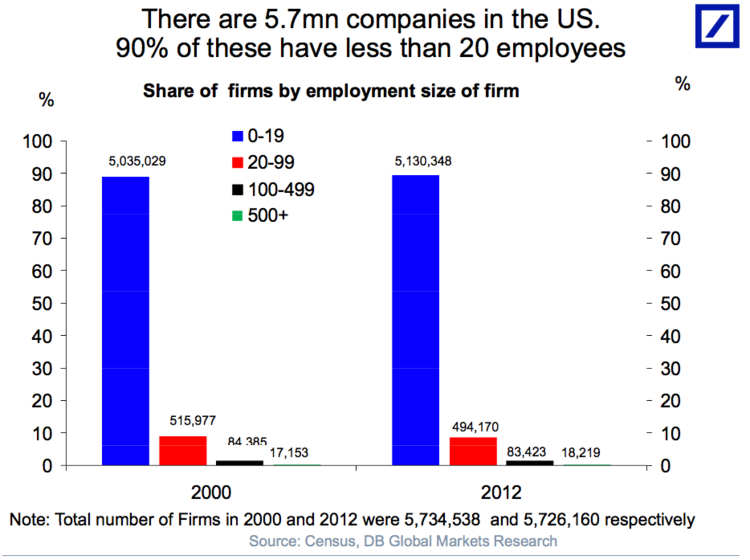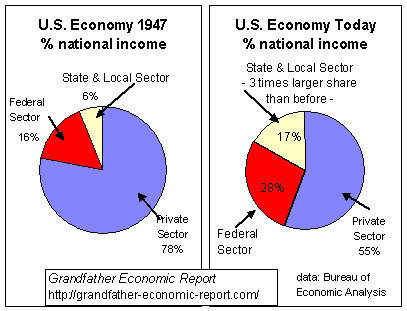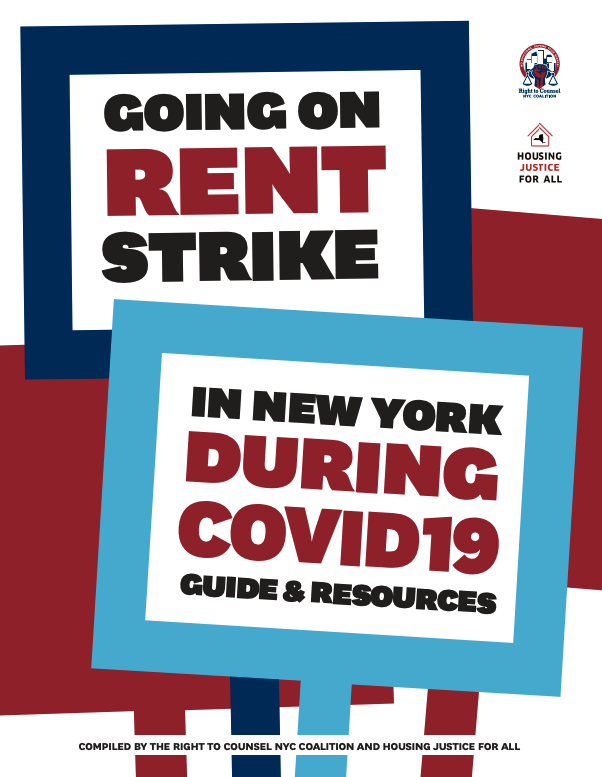In Legacy Church v. Kunkel (D.N.M.), decided yesterday, Judge James O. Browning rejected Legacy Church’s Free Exercise Clause challenge to the state order restricting “restricts places of worship from gathering more than five people within a single room or connected space.” The court concluded that the order was neutral with regard to religion and generally applicable to a wide range of activities, not just religious ones; it was therefore (1) not subject to strict scrutiny under the Free Exercise Clause, though the court also said that, (2) if strict scrutiny had applied, the order would have satisfied it. (The court also concluded, though this is a somewhat more esoteric matter, that (3) strict scrutiny wasn’t justifiable under the “hybrid rights” theory.) The church didn’t raise a claim under the New Mexico Religious Freedom Restoration Act, perhaps because federal courts aren’t allowed to order state officials to follow state law.
Here’s the heart of the analysis, which I think is generally quite right; the key precedents that the court discusses are
- Employment Division v. Smith (1990), which held that there is generally no right to religious exemptions from neutral, generally applicable laws, and
- Church of Lukumi Babalu Aye v. City of Hialeah (1993), which held that laws that are targeted at religious exercise (and aren’t neutral and generally applicable) are unconstitutional unless they pass strict scrutiny.
- Strict scrutiny is inapplicable:
Legacy Church contends that the April 11 Order is not neutral, because it “specifically targets houses of worship. The Secretary does not restrict the number of people who may gather at funeral homes, media outlets, and other essential businesses. Walmart, Home Depot, and other big box retailers continue to welcome patrons. Shoppers may roam the aisles of retail establishments with no barriers between them so long as they maintain a distance of six feet from one another while they purchase house plants, fishing rods and DVDs. The Secretary’s treatment of those essential businesses, as well as retailers, shows least restrictive means are available to further the state’s public health interest. Defendants, however, chose to specifically target church services and other places of worship, taking them from exempt to banned on a weekend night before Legacy’s most important religious holiday.”
Legacy Church also contends that the April 11 Order is not generally applicable, because it is underinclusive with regards to secular conduct that might cause the same harm that the prohibition against religious gatherings is supposed to prevent. Legacy Church contends that courts apply strict scrutiny where the government exempts non-religious entities from the burdens associated with government action but withholds such exemptions from religious entities. Legacy Church accordingly argues that the April 11 Order is facially discriminatory, and so the Court must subject it to “‘the most rigorous scrutiny.'”
Lukumi‘s majority opinion incorporates into its holding Smith‘s dictum that, when the government provides exemptions for secular conduct, it must assert a compelling justification for refusing exemptions for analogous religious conduct. Lukumi and Smith require the Court, however, to compare analogous exemptions. The April 11 Order does not prohibit religious conduct only; it prohibits a host of secular activities, both commercial and recreational. Accordingly, to determine the April 11 Order’s neutrality, the Court must compare not only the April 11 Order’s essential-business exemptions against religious-activity prohibitions, but also its religious-activity prohibitions against its secular-activity prohibitions.
Framed as such, the April 11 Order is neutral. The April 11 Order severely restricts myriad secular activities. By omission from its list of essential businesses, the April 11 Order restricts secular gatherings like sporting events, conferences, and conventions. For example, the April 11 Order maintains the April 6 Order’s closure of non-Indian casinos and horse racing facilities, directs all non-essential businesses to reduce their in-person staffing by 100 percent, and restricts hotels and other lodging operations to twenty-five- percent capacity.
Nor does the April 11 Order reserve unbridled freedom for secular activities that it deems essential. For example, it allows essential businesses to remain open, “provided they minimize their operations and staff to the greatest extent possible.” It also restricts such businesses to twenty percent of their maximum occupancies
The April 11 Order does not impose special disability on the basis of religion. The April 11 Order, accordingly, is neutral, because its “object is something other than the infringement or restriction of religious practices.”
The April 11 Order is also generally applicable. Legacy Church contends that the April 11 Order violates the First Amendment because it is underinclusive; it exempts certain secular activities that also entail large gatherings. The April 6 Order and the April 11 Order provide a set of activities that Secretary Kunkel deems essential. Those enterprises include, among others, hospitals, farms, media services, funeral homes, automobile and bicycle mechanics, and business that generate the majority of their revenue by selling “canned food, dry goods, fresh fruits and vegetables, pet food, feed, and other animal supply stores, fresh meats, fish, and poultry, and any other household consumer products.” Legacy Church contends that the April 11 Order is not generally applicable, because it allows “big box retailers to continue to welcome patrons” while prohibiting church services.
Since its earliest decisions addressing religious freedom, the Supreme Court has recognized that, if religious conduct is defined broadly enough, and its protections afforded too much bite against government regulation, “most activities of the modern regulatory state are thrown into chaos.” “The government’s ability to enforce generally applicable prohibitions of socially harmful conduct, like its ability to carry out other aspects of public policy, ‘cannot depend on measuring the effects of a governmental action on a religious objector’s spiritual development.'” First Amendment caselaw thus recognizes and allows that “[a]ll laws are selective to some extent.” Instead, the Free Exercise Clause “‘protect[s] religious observers against unequal treatment,'” Impermissible “inequality results when a legislature decides that the governmental interests it seeks to advance are worthy of being pursued only against conduct with a religious motivation.”
Here, Secretary Kunkel may distinguish between certain classes of activity, grouping religious gatherings in with a host of secular conduct, to achieve what she determines is a balance between maintaining community needs and protecting public health. Secretary Kunkel does not pursue this aim “only against conduct with a religious motivation.” Although public health risks may arise in allowing say, Wal-Mart, to continue its operations, the April 11 Order does not leave such business untouched. In furtherance of its goal of minimizing social proximity, the April 11 Order directs all essential businesses to reduce occupancy, enforce social distancing, and reduce staffing.
The April 11 Order reflects Secretary Kunkel’s judgment that certain activities—namely, large gatherings—present the greatest risk to public health. Accordingly, contrary to Legacy Church’s contention, the April 11 Order does not irrationally allow mass gatherings in retail stores while prohibiting them in churches, mosques, and synagogues. The April 6 Order and the April 11 Order instead prohibit all mass gatherings, religious and secular alike. The April 11 Order is thus generally applicable.
Significant factual differences exist between the Louisville Mayor’s order [struck down by Judge Walker in his recent On Fire Christian Center decision, which has been in the news -EV] and the April 11 Order.
As the Court has discussed, the April 11 Order does not permit secular activities analogous to mass gatherings at religious services. Similarly, the April 11 Order does not specifically prohibit drive-through religious services—and Secretary Kunkel asserts that it does not—provided that people maintain social distancing.
Further, Legacy Church requests to undertake church services in a manner that the April 11 Order does not generally permit in secular activity and which Secretary Kunkel has concluded is harmful without regard to its religious nature. Specifically, Legacy Church wishes to invite parishioners to its services. The Court identifies no analogous secular conduct that the April 11 Order permits—namely, instances in which secular institutions may invite individuals to witness in person what the institution may broadcast remotely.
Further, Judge Walker’s injunction applied only to the plaintiff-church’s drive-in services. Legacy Church requests, however, that “the Court enjoin the Secretary and the State from enforcing the [April 11 Order’s] mass gathering restriction of five people or more in a connected space.”
Finally, Judge Walker focused almost exclusively on the defendant-Mayor’s permission for [liquor stores] to continue operations, including drive-through operations. Judge Walker’s analysis thus left unanswered whether the defendant-Mayor’s order would be valid if it had also closed liquor stores, and so that Court has difficulty extrapolating Judge Walker’s logic and applying it here. The April 6 Order and the April 11 Order permit breweries and distilleries to remain open for curbside carry-out services, but both orders omit liquor stores from the list of essential businesses, effectively closing them. {Although not necessary for the Motion’s purposes, the Court notes that the sale of alcohol may rationally be deemed essential as necessary to prevent death from sudden alcohol withdrawal.} Accordingly, the April 11 Order presents the reverse situation from the Louisville Mayor’s order: in Kentucky, stores remained open, but drive-in church services were prohibited; here, drive-in church services are permitted, but liquour stores are shuttered.
2. The order would satisfy strict scrutiny in any event:
Even if strict scrutiny were applicable, the April 11 Order is constitutional. To satisfy strict scrutiny, Secretary Kunkel must demonstrate that the April 11 Order is narrowly tailored to further a compelling government interest. Typically, “‘a law cannot be regarded as protecting an interest of the highest order … when it leaves appreciable damage to that supposedly vital interest unprohibited.'” Here, Legacy Church concedes “without question” that the April 11 order furthers a compelling governmental interest. The Court agrees. When “faced with a society-threatening epidemic,” state governments, pursuant to their Tenth Amendment police and public health powers, have an interest of the highest order in taking measures to protect the populace. “The right to practice religion freely does not include liberty to expose the community … to communicable disease or the latter to ill health or death.”
The April 11 Order is narrowly tailored. First, the April 11 Order does not restrict religious activity beyond what is necessary to achieve this compelling interest. Secretary Kunkel interprets the April 11 Order as allowing religious organizations like Legacy Church to broadcast their services to followers via the internet and over television. Legacy Church is thus free to staff its services to the extent needed to worship and broadcast its worship.
Regarding its categorization of essential and nonessential enterprises, the April 11 Order does not leave”appreciable damage to [this] vital interest unprohibited.” First, there is no exempted activity analogous to religious mass gatherings. Although, as Legacy Church points out, the April 11 Order classifies a range of activity as essential, it does not leave that activity unregulated. Instead, the April 11 Order restricts essential businesses to the greatest extent possible while still leaving those businesses practicable.
Further, those activities are unique in that, unlike Legacy Church’s services, they cannot be conducted remotely. To name a few examples, grocery store cashiers and baggers cannot do their jobs, and farmers cannot grow their crops, via teleworking. That the April 11 Order permits some enterprises to carry on—albeit subject to restrictions—does not render the April 11 Order too loosely restrictive. The government need not choose between doing nothing in the face of a pandemic and closing all of society. It may choose a middle ground, provided that it does so “‘without reference to the content of the regulated” activity. The April 11 Order satisfies that test. It prohibits mass gatherings without reference to those gatherings’ content. In other words, the April 11 Order prohibits in- person religious services not because of those services’ religious nature, but rather because those services entail bringing large groups of people into close proximity—precisely the environment in which a highly contagious disease proliferates. Accordingly, even if the April 11 Order were subject to strict scrutiny, Legacy Church is nonetheless unlikely to succeed on its Free Exercise claim’s merits.
3. The “hybrid rights” exception to Smith wouldn’t justify strict scrutiny:
Although Legacy Church does not assert a hybrid-rights entitlement to strict scrutiny—Legacy Church does not cite Smith in the Complaint or in the Motion—the Court pauses to note that such an assertion would not be viable. In Smith, Justice Scalia attempted to distinguish Yoder v. Wisconsin and West Virginia Board of Education v. Barnette, among other cases, by asserting that those cases involved special solicitousness to the plaintiffs’ claims because the plaintiffs asserted multiple constitutional rights. Critics have panned the hybrid- rights theory, arguing, for example, that Justice Scalia’s “use of precedent borders on fiction.” The Court agrees that, at least in some of the precedent that Justice Scalia cites in support of the hybrid-right theory, those cases contradict Justice Scalia’s explanation. [Discussion of Wisconsin v. Yoder omitted. -EV]
The hybrid-rights theory also presents functional problems, such as whether the theory requires independently viable rights, or whether it somehow operates to produce a whole greater than its parts. Neither approach is tenable. First, if asserting multiple rights creates greater protections than individual rights on their own, then Smith‘s ruling itself would not make sense. As Justice Souter noted, concurring in Lukumi, if the hybrid-rights exception requires implication of multiple, although not independently viable, rights, then the exception would “swallow the Smith rule,” because the Smith plaintiffs’ asserted activity involved religious and associational rights. As the United States Court of Appeals for the Third Circuit noted in Salvation Army v. Department of Community Affairs (3d Cir. 1990), associational freedom derives from either the expression of ideas or the exercise of religion. Those two rights, the Third Circuit commented, involve “different contours.” As the Third Circuit explained, “[w]e would not expect a derivative right to receive greater protection than the right from which it was derived.”
Alternatively, if a hybrid claim is one in which in which the plaintiff must assert an additional, independently viable right, then the Free Exercise right becomes superfluous, and the hybrid-rights theory produces no different outcome than the plaintiff would otherwise wholly receive on the alternative right.
Here, because the Court concludes that neither of Legacy Church’s asserted rights are independently viable, only the former approach could potentially save Legacy Church’s claims. But, as discussed, if two separate and independently unviable rights did not win the day for the Smith plaintiffs, Legacy Church’s Free Exercise and Assembly rights, working together, do not compel a different result than either produces independently. Accordingly, were Legacy Church to assert a hybrid-rights claim, it would likely not produce a result different from the Courts conclusions in this opinion.
The court also concluded that the restriction didn’t violate the rights to assembly and expressive association, but I will discuss that in a later post.
from Latest – Reason.com https://ift.tt/3evhHmx
via IFTTT
